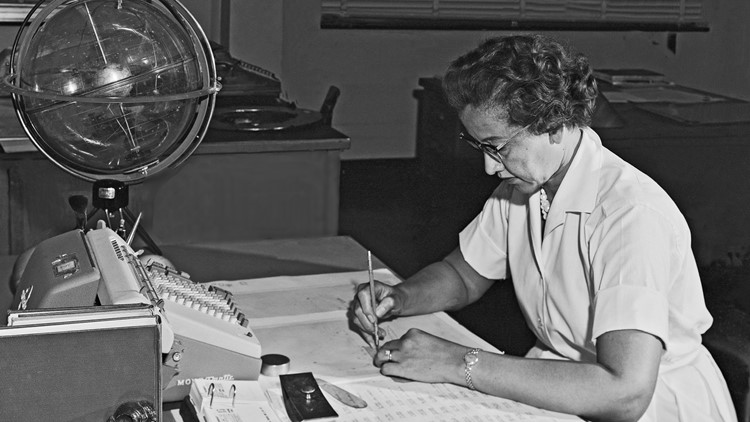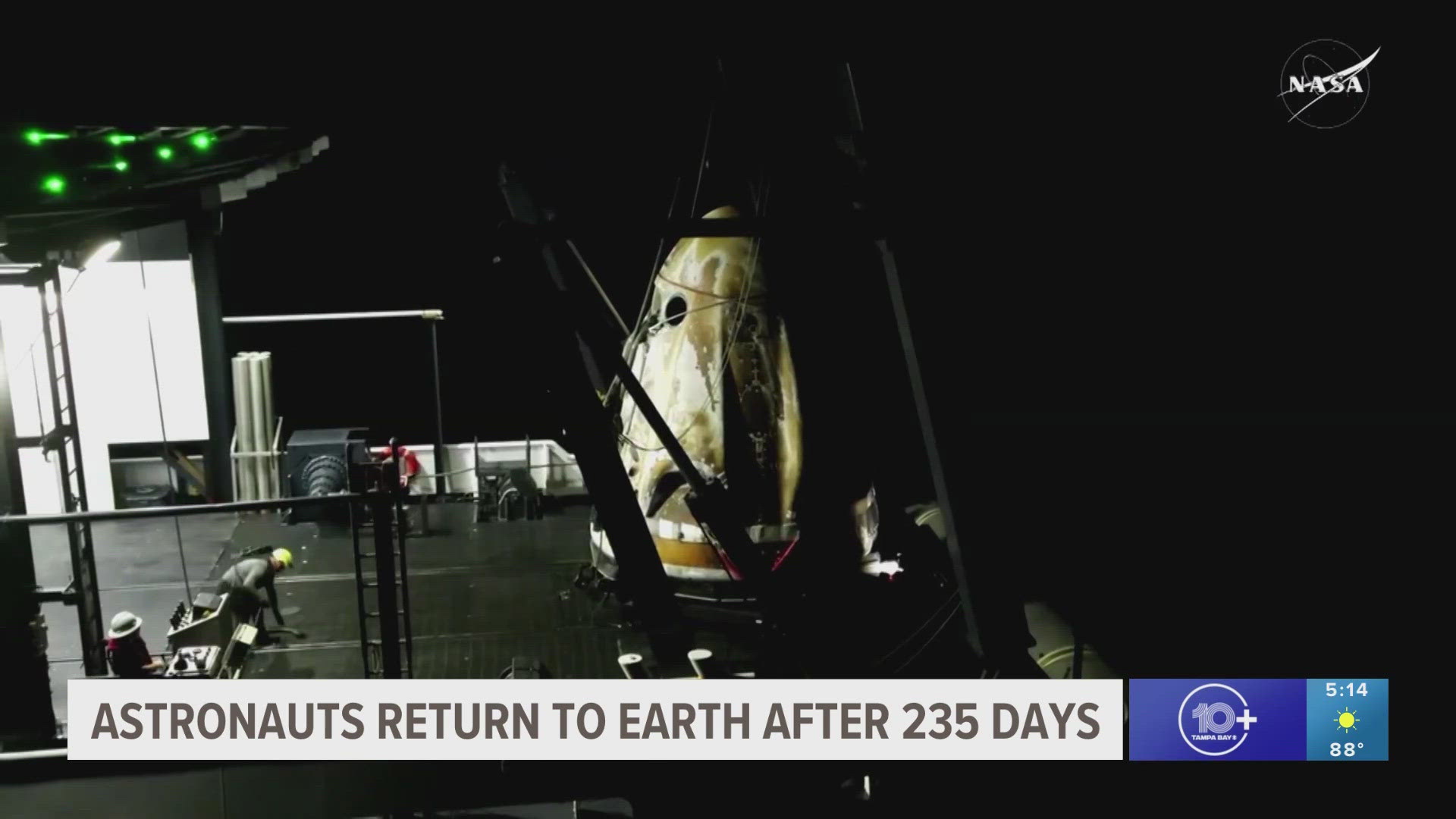There are hundreds of thousands of people who helped make the National Aeronautics and Space Administration what it is today.
From astronauts and engineers to lawmakers and historians -- NASA has celebrated hundreds of historic moments over its six decades of operation.
The agency celebrates 62 years on Oct. 1, 2020, and as of right now, preparations are already underway to send the first woman and the next man to the moon by 2024.
Even as the United States revered its powerful rockets and marked historic firsts over decades of space exploration, women were often key to making those moments and machinery happen.
Many quite literally wrote the equations by hand that would make sure NASA’s earliest astronauts got to space safely and into the correct orbit.
Much of the success of the 1962 Friendship 7 mission, which saw astronaut John Glenn being the first American to orbit Earth, is owed to mathematician Katherine Johnson.
She wrote by hand the orbital trajectory of that first launch.
In an interview in 2011, she recalled Glenn asking her to double-check the math of the new “electronic computations.”
“He said, ‘Call her. And if she says the computer is right, I’ll take it,’” she said.
Johnson died in February at age 101.
More than 400,000 people worked to ensure the success of the Apollo 11 lunar mission. One of those people was Margaret Hamilton, who actually coined the term “software engineering.”
Hamilton led the team that created the software for the mission that saw the first human to land on the moon. NASA said her team’s “Apollo guidance software was so robust that no software bugs were found on any crewed Apollo missions.”
In 2016, Hamilton was awarded the nation’s highest civilian honor, the Presidential Medal of Freedom. A famous photo of her in the late 1960s shows Hamilton standing next to a stack of Apollo Guidance Computer source code, which is as tall as she is.
The first woman in space was the Soviet Union’s Valentina Tereshkova in 1963. NASA didn’t send an American woman into space until 20 years later.
That was Sally Ride.
Ride flew on the Space Shuttle Challenger on June 18, 1983, almost to the day of Tereshkova’s 20th anniversary.
Ride became an expert in the use of the Space Shuttle’s robotic arm, which launched two communications satellites and the first Shuttle Pallet Satellite, which took some stunning images of the Challenger above the earth.
Ride died in 2012 at age 61.
Since Ride’s mission 37 years ago, more than 50 women have flown to space as NASA astronauts.
In 2018, mechanical engineer Holly Ridings was named NASA’s first woman flight director at mission control.
In 2019, astronaut Christina Koch launched to the International Space Station for a long-duration mission. When she returned in February 2020, she broke the record for the longest single spaceflight by a woman after 328 days in space.
This year, NASA named engineer Kathy Lueders to head its Human Spaceflight Office. She’s the first woman to hold the position and is responsible for all crewed missions to space.
Lueders previously led the Commercial Crew Program, which oversees NASA’s efforts to send astronauts to space on private spacecraft, including the successful May 30 launch of SpaceX’s Crew Dragon from Kennedy Space Center.
- What Florida laws go into effect on Oct. 1, 2020?
- Chrissy Teigen, John Legend lose baby in pregnancy complication
- Publix keeping mask requirement as Florida moves into Phase 3 of reopening
- Florida releases school COVID-19 dashboard
- Gov. DeSantis lets eviction, mortgage foreclosure moratorium expire to make room for nationwide order
- Here's how to find your ballot drop-off location
- What you need to know about the 6 constitutional amendments on Florida ballots
- We're closely watching two tropical waves in the Caribbean this week
►Breaking news and weather alerts: Get the free 10 Tampa Bay app
►Stay In the Know! Sign up now for the Brightside Blend Newsletter



